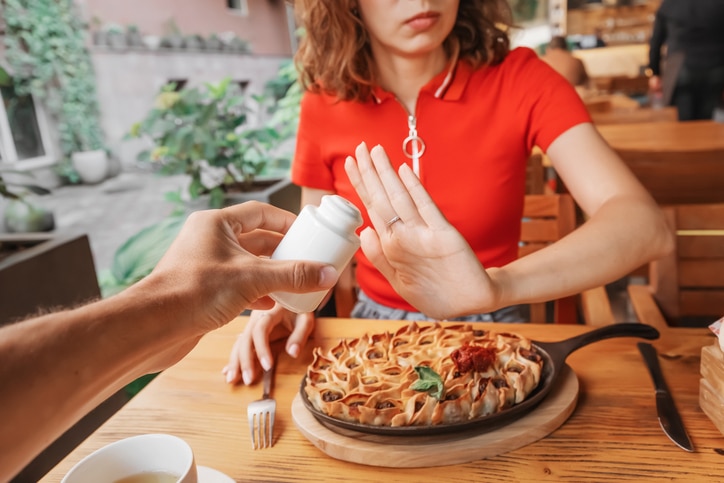I grew up in a household where cooking together and sharing meals was integral to family life. When attempting to recreate my grandmother’s delicious recipes, the true flavour only emerges when a very liberal dosing of salt is applied.
So, no doubt my formative years shaped my salt preferences. But isn’t salt bad for you? Let’s find out more.
When salt first got its bad reputation
In the early 1900s, scientists advanced the theory that increased dietary salt intake led to hypertension (high blood pressure), which in turn increased the risk of cardiovascular events like strokes and heart attacks.
Later research was seen to reinforce this evidence, such as a prominent 1970s study by Lewis Dahl which involved observing hypertension in rats after they were fed 500 grams of sodium a day. Notwithstanding this is around 150 times the amount of sodium the average human eats a day, the prevailing ‘salt is bad’ narrative was reinforced.
Despite the advances in science and the emergence of conflicting evidence, the notion that reduced-salt diets were beneficial has remained the prevailing view.
Take it with a grain of salt
In a watershed study, a 2011 meta-analysis (where the results of many studies are collated) found no evidence that a low-salt diet is associated with better health outcomes. However, it seems it’s hard to change the narrative on salt. A quick Google search confirms that many health ‘experts’ continue to tell us to avoid salt altogether.
So, if we accept that reducing salt doesn’t make us healthier, does that mean salt is good for you?
Salt is a key dietary source of sodium which we need for our blood, organs, and tissues. Sodium helps to produce nerve impulses, contract muscles, and regulate fluid in your body.
It’s probably fair to say we can relax about including salt in our diets, however, determining what a healthy salt intake is varies between individuals, depending on age, lifestyle and even ethnicity.
Salt of the earth, or the sea?
There are a lot of salts to choose from, so which is best? They are all chemically very similar, containing around 40 per cent sodium and 60 per cent chlorine, however, the less refined the salt is, the more likely it is to contain trace elements and other naturally occurring minerals.
Standard table salt has trace elements stripped out in the manufacturing process, although iodised table salt has iodine added back in, which is an essential mineral that many need for thyroid health and is crucial for women in pregnancy.
Himalayan pink salt seems popular judging by the rows of it at the supermarket, however, a better option is a local sea salt if you want to get all the good stuff and reduce the carbon footprint at the same time.
Get all the latest Canberra news, sport, entertainment, lifestyle, competitions and more delivered straight to your inbox with the Canberra Daily Daily Newsletter. Sign up here.



